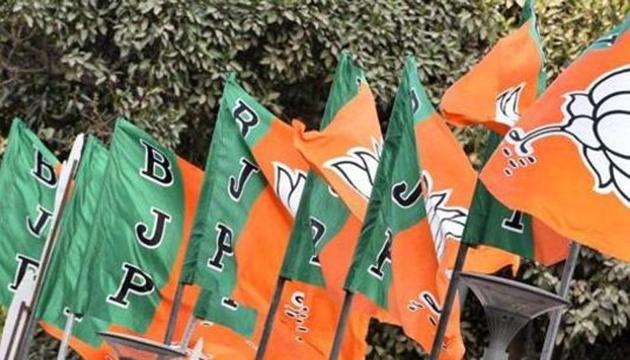State jolts may force BJP to rethink national plan
The outcome of assembly elections in Chhattisgarh, Rajasthan and Madhya Pradesh has delivered a jolt to the Bharatiya Janata Party (BJP) months ahead of the general elections in April-May next year.

The BJP, which ruled Madhya Pradesh and Chhattisgarh for three terms and was in power in Rajasthan, lost power to its principal rival, the Congress, in three states that mean a lot to the ruling party — locally, ideologically and nationally.
Madhya Pradesh has been a Rashtriya Swayamsevak Sangh (RSS) bastion for years, Rajasthan is a border state where the BJP got a huge majority on its own in the last election, and Chhattisgarh is India’s central region that was a Congress bastion for decades but has been ruled by the BJP since 2003.
Nationally, these three states contributed 62 seats in BJP’s finally tally of 282 in the 2014 parliamentary election. It was a virtual sweep for the BJP – all 25 seats in Rajasthan, 10 out of 11 seats in Chhattisgarh and 27 out of 29 seats in Madhya Pradesh. The assembly elections outcome may now have a bearing on these numbers in 2019.
Read more|
The BJP can describe the results as an impact of local anti-incumbency, of both the government and the legislators, with no bearing on the central government or the prospects of Narendra Modi when he seeks a re-election to the post of prime minister in summer elections. But these elections give the BJP several reasons to worry.
First, there could be a political backlash of the crisis brewing in farms. Farmers complained about rising input costs and falling profits, and have clearly preferred the Congress, which promised loan waivers, over the BJP. The Centre’s promise for a better minimum support price did not cut much ice with them.
India has about 110 million cultivators and 140 million agricultural labourers whose incomes depend on farm produces, and their voting preferences are crucial to Modi’s re-election bid. The BJP will have to move quickly to arrest the unrest in this sector.
Second, the results show that the social fault-lines in these three states did not play out, and opinion converged to vote out the sitting governments. The BJP had a three-fourths majority in Rajasthan, two-thirds in Madhya Pradesh, and a clear majority in Chhattisgarh.
Governments need to do something seriously wrong to lose power after such decisive mandates. Its all-inclusive caste coalitions unraveled, with both older loyal voters from traditionally dominant communities and newer voters from the more marginalised castes going against them. It also, perhaps, failed to deal with the personal anti-incumbency of MLAs by resisting the temptation of changing candidates and largely going with a large number of sitting candidates. In states where it has a decisive majority, such as Uttar Pradesh, the party will have to have to rethink this strategy in the parliamentary elections. Several of them rode a Modi wave to get elected, and face accusations of being inactive in the last five years.
Employment, or its lack, was a talking point among voters in this election. With a sizeable portion of young voters in India, the Opposition’s focused attack on the government on this issue has worked. The ruling party will have to address the issue, or at least the perception that there is a crisis on the jobs front






